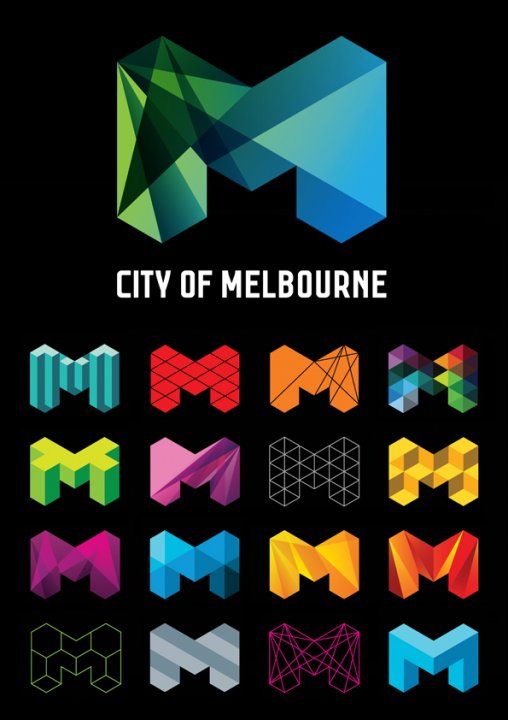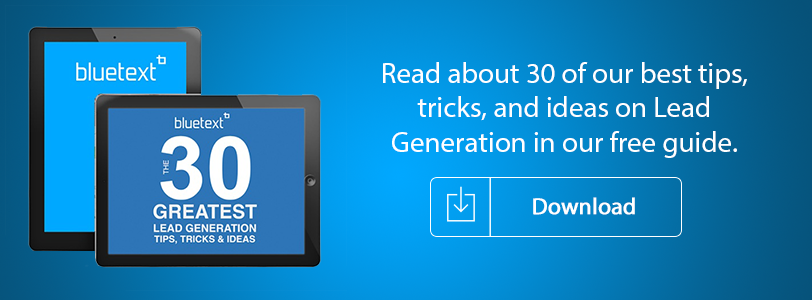There are many aspects to consider in web design, and one important feature to ponder is the user journey. There are many means to target an anonymous user, identify who they are and their needs, and direct them to the relevant content on the site. Here are a few reasons why you should allow users to select their own user journey on your new website.
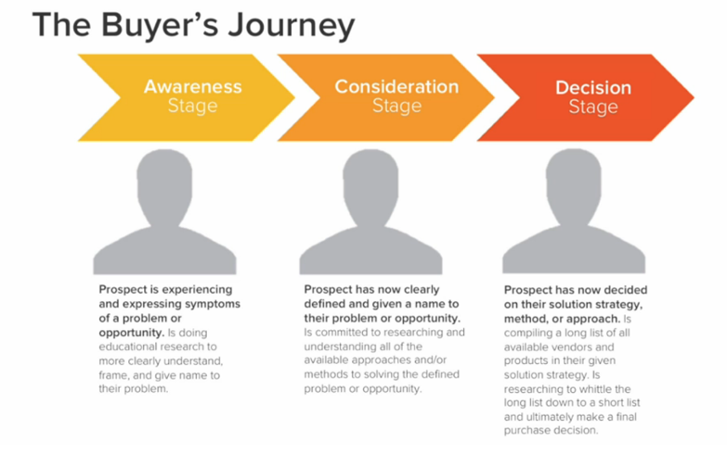
Direct Traffic. By identifying the user early in their interaction with your website, the more effectively you can direct users to content they would be interested in. From a UX perspective, the user’s experience on the site is swift and efficient. From a business perspective, anonymous users are quickly identified and funneled to custom tailored content. A notable example of directing a user’s journey is Bluetext’s recent launch of CQ Roll Call’s newly branded website: https://info.cq.com/
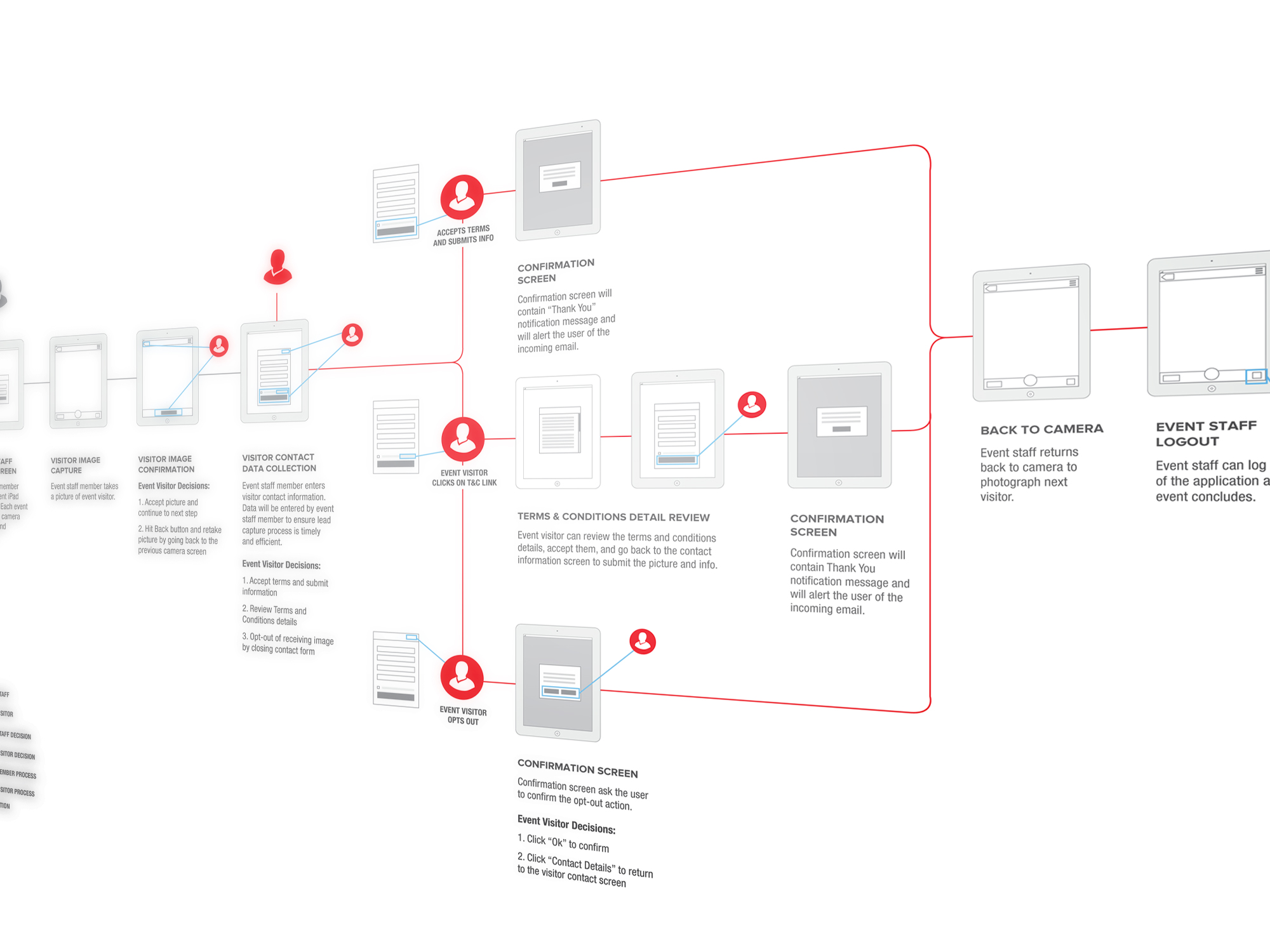
User Personas. By choosing to define user personas on its website, a company is able to identify functionality needs on other areas of the site at a high level. Personas define every aspect of each consumer group, and by mapping out a user’s journey a company is able to understand the key tasks each persona would expect to perform on its website.
User workflow. When a company is able to understand the flow of how different users would interact with its website, it is able to use this information to ultimately inform its website interface and provide its users with the best possible experience. Web design agencies are experts in this area to implement the optimal interface specific for a company’s users.
Identifying a persona and their user journey through a website increases efficiency on both sides. Users want to view what is relevant to them and companies want to be able to tailor content to target consumer groups. Defining a company’s personas ultimately informs the user experience design for an overall superior experience.
Looking for best in class digital marketing? Contact us.
Speed is by far the most critical metric to consider when re-designing an enterprise website – it won’t matter how beautiful your new site looks if nobody is going wait an extra millisecond for your homepage to load. In addition to providing a fast loading, responsive user experience – speed has a direct impact on your ability to optimize higher user engagement, conversion rates and SEO rankings – all of which drive better brand and marketing performance.
One of the primary signals Google’s algorithm uses to rank performance is site speed – but by extension it is really page speed that Google is measuring. According to Moz, page speed can be described as either “page load time” (the time it takes to fully display the content on a specific page) or “time to first byte” (how long it takes for your browser to receive the first byte of information from the web server).
Page speed is also vitally important to user experience – pages with longer load times tend to have higher bounce rates and lower average time on page that result in an immediate negative impact on conversions. According to Google, 53% of users will abandon a site or web page if it doesn’t load within 3 seconds. This also has a direct impact on search rankings – with less than half a second separating the first and third pages of Google search results.
So how do you measure site speed? Google introduced its own web-based tool, accessible via Google Labs, called Page Speed Online. It’s available as a web-based tool as well as a Chrome extension. With it, you can quickly get an overview of high priority, medium and low priority fixes that can help increase your page speed.
Here are the top 5 for your digital agency implement to add instant horsepower right out of the gate:
- Accelerated Mobile Pages (AMP) Technology – AMP is a new open framework built entirely out of existing web technologies to dramatically improve the performance of the mobile web by enabling code to work across multiple platforms and devices so that content can load instantaneously —no matter what type of phone, tablet or mobile device you’re using. With Google splitting its index into separate versions for mobile and desktop – the time has finally come to start prioritizing mobile
- Wrangle Your Javascript and Stylesheets – Have your scripts and CSS load in external files instead of cramping up each and every web page. This way, only the browser has to load the files one time, rather than every time someone visits each page of your site. Ideally, put your external CSS in the portion of your site, and your external Javascript file as close to the tag as possible. As a result, the browser isn’t bogged down wading through all those requests for external files right from the start. The only time you won’t want to do this is if the Javascript needs to load near the top of the page – such as to display a name or load up an image carousel.
- Optimize Your Images – In Photoshop or Fireworks, you can use the “Save for Web” option to drastically reduce image size. An image quality slider lets you see the visual trade-offs between graphic file size and crispness. Also – don’t rely on HTML to resize Images – while HTML makes it easy to create a smaller version of a larger graphic it doesn’t mean it’s taking up any less room on the server. The browser still has to go through the process of loading the entire image, checking the width and height you want and then resizing it accordingly.
- Use GZIP compression – You’ll want to ask your web host if they use GZIP compression and deflation on their servers. These are two techniques that can significantly speed up a site, reducing file size by as much as 70% without degrading the quality of the images, video or the site itself.
- Caching – Many content management systems now have plugins that will cache the latest version of your pages and display it to your users so that the browser isn’t forced to go back and dynamically generate that page every single time. Plugins like WP Super Cache can take a serious bite out of page load times.
You can also look beyond your website itself and consider a Content Delivery Network (CDN) that serves up pages depending on where the user is located. Faster access to a server near their geographical area translates into faster load times.
While speed is the most critical metric of any re-design effort – it’s not the only metric. Working with a smart digital agency to define KPIs for the re-design of your next generation website will significantly improve performance metrics across your digital marketing ecosystem right out of the gate.
Go the need for speed? Contact us
When undertaking a branding process for a new or just-acquired company, many Private Equity clients are desperate to create their new logo and consider it a project complete. Yes, the logo is critical. But branding is less about the actual logo, and more about the visual story and impact that logo demonstrates to the market. This is especially the case with companies that have had a brand and logo, but through a private equity acquisition or other M&S activity, need to quickly change course and differentiate themselves from their former affiliations. Branding agencies like mine have a process that includes messaging, positioning and brand meaning, all captured through a series of exercises. While the words matter, the attitude and meaning behind a brand is what differentiates it and sets it apart. Think about visual impact,
I read a blog post recently talking about word of sight replacing word of mouth. It was spot on. Today, what you see matters much more than what you read or what you hear. Think about when scrolling through your Facebook feed. Three paragraphs about a great Hawaii vacation barely gets a notice, but a great picture at sunset sipping a cocktail with a great caption is liked by everyone. Attentions spans have shrunk and we are all visual learners and thinkers.
As your brand ambassadors, every stakeholder on your team, from executive management to sales to support to the front desk needs to understand the meaning of the brand and why it is important. It is a branding agencies’ job to work with the team to distill that meaning and make sure that it comes to life through the branding exercise in all of your public facing communications. Think of the Facebook generation as your audience. You want them to stop, notice your brand, and give you a chance to tell them your story. Fewer words, more visual meaning is critical. Brand managers and marketers need to think about this and give their work a critical eye.
Unless you have created groundbreaking software, it is becoming more and more difficult to differentiate. The visual impact and meaning behind your brand are critical for success. The right branding agencies can help extract this from your story and give you a brand that can differentiate and ensure success as you grow your business in 2018. The writing is on the wall; make sure that your audience sees it.
Looking for an agency to take your branding to the next level? Contact us.
Annual trade shows are often the biggest events of the year for brands hoping to make connections, network with players across their industry, identify new solutions for their business, and generate solid sales leads. The Bluetext team has vast experience with association conferences and trade shows, generating attention for our clients, arranging media interviews and coverage, crafting the creative approach for their floor space, and publicizing their successes.
For our trade association clients, we work with them to help market their shows, growing their attendance and revenues through sophisticated, multi-platform outreach campaigns. One of our premier clients, the National Retail Federal (known as NRF), has been holding The Big Show for more than a century. We have worked with NRF for several years, starting with its Big Show for 2017 and this week attended NRF 2018 in New York City to see how it came off.



The theme this year is “Transformation,” and speaker topics centered around the retail industry’s need to transform itself in the wake of the digital revolution in retail sales. We developed the creative approach for the show and the marketing activities generating attendance. It is the retail industry’s largest annual gathering, and as the agency partner responsible for generating registrations and revenue, we are proud to say that this year, the show attendance was bigger than ever – and exceeded NRF’s registration and attendance goals.
As part of the creative approach to this year’s event, Bluetext created a “Transformation Ribbon” of deep red that can fold and unfold with digital GIF video that works across the show website, and through static images on emails and signs. For The Big Show itself, we designed a three-dimensional version that would pop among the attendees at the Jacob Javitz Center in New York City.
On the other side of the continent, Las Vegas played host to the annual Consumer Electronics Show, which is a massive gathering of the industry to show off the latest electronic devices, ranging from big screen TVs to driverless cars to commercial and hobby drone to everything in-between. The Bluetext team was there to help several of our clients reach new audiences and get attention for their products and solutions. The one thing to say about CES is that it’s cool, and that was most evident in the variety of new consumer electronics that was on display.
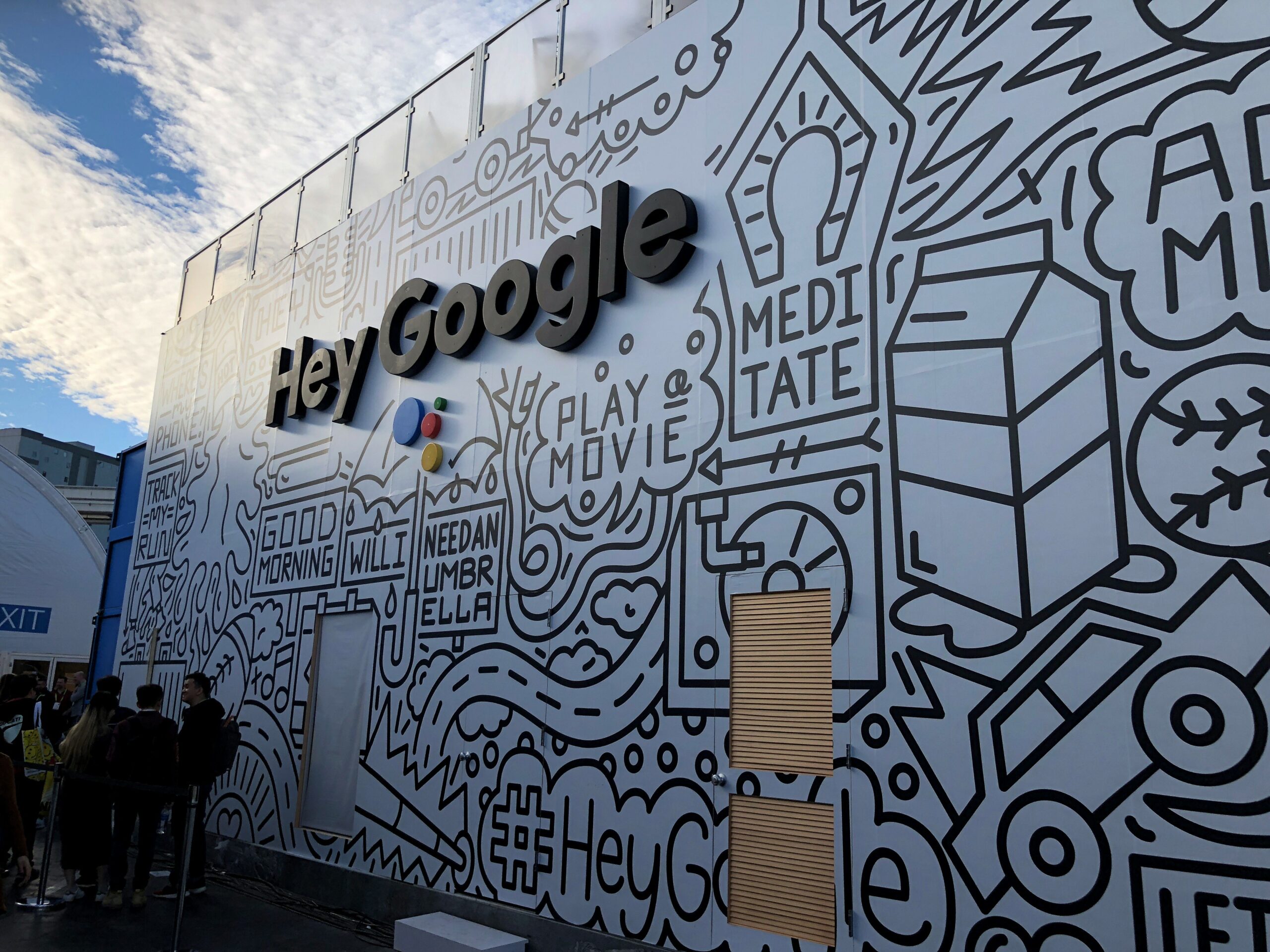

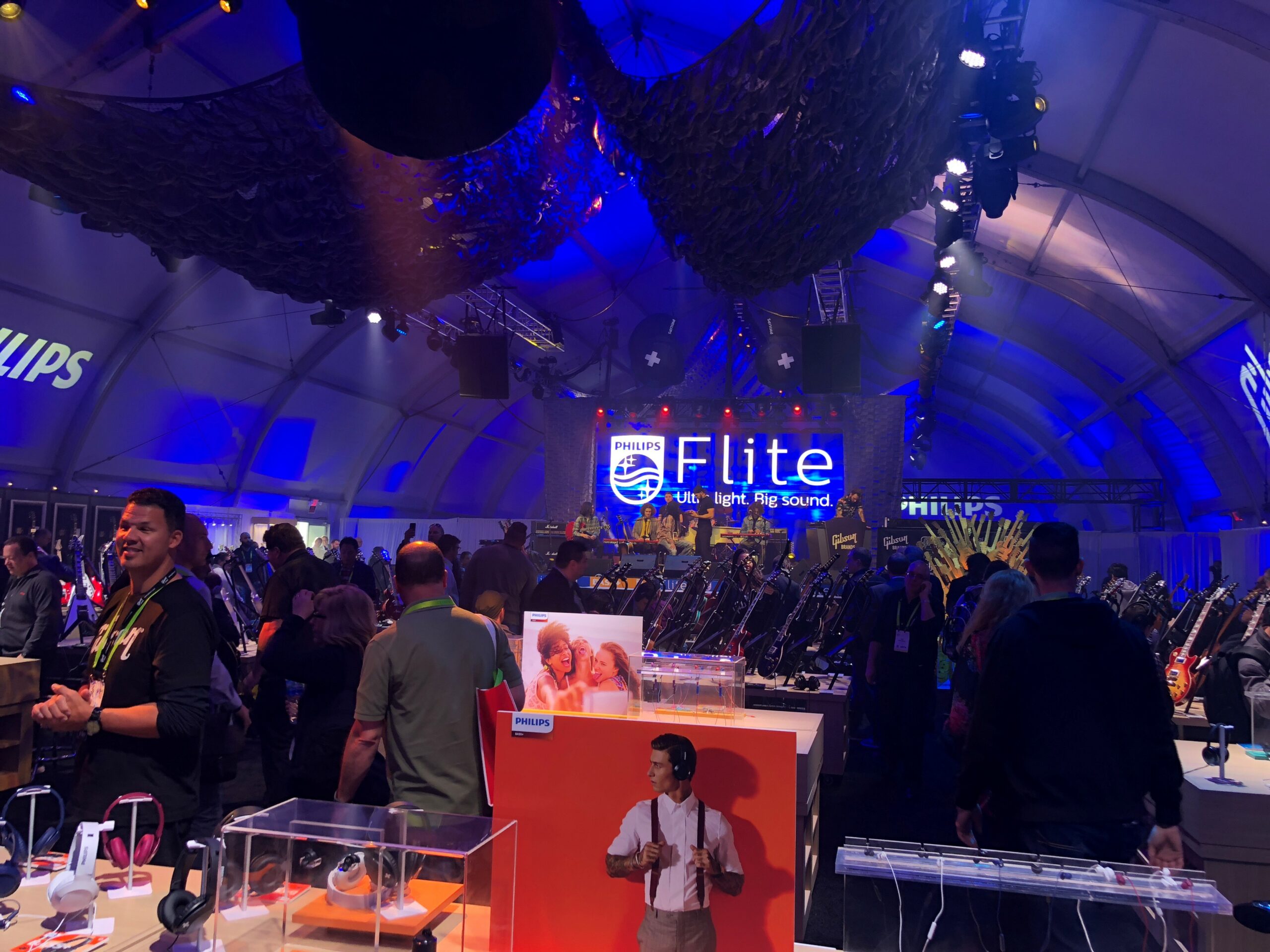
Looking to make a splash at your next Industry Trade Show? Find out how Bluetext can help.
Whether you work with B2B Marketing Agencies, B2C Digital Agencies, or the any of the Top North America Agencies, 2018 will drive more innovation and change. Here are my predictions of what top brands, challenger brands, and startup brands should expect.
1. Don’t Call it A Comeback, Twitter
Somehow Twitter will make a comeback…or completely die. Twitter has owned the short form text / new wave of communication, and it has dominated sports, entertainment, and politics. But can they make it relevant to marketers? To survive they need to focus on delivering a strong API backbone that makes it a utility to the world.
Prediction: Top marketing agencies will channel more of their clients’ paid media dollars to digital media other than Twitter.
2. Snap Has The Power
A great re-branding from SnapChat. Owning the brand SNAP, “just snap it”, will be the new “just google it.” Like everything else, they must innovate or be merely a short-lived flavor of the day.
Prediction: As SNAP goes public the amount of advertising products will be innovative and robust. Top digital agencies will enjoy great success with SNAPs portfolio of targeting offerings and creative opportunities. SNAPs demise will come from an oversaturation of monetization that drives users away like Myspace, Tumblr, Twitter, Bebo, and many more social platforms before them.
3. Take It Personal, Or Else
The power of personalization will be so compelling and plug-and-play that everything digital will incorporate it. Delivering your personalized DNA via mobile to other media will work seamlessly.
Prediction: Top digital branding agencies will not be the only firms that are installing sophisticated personalization technology into their clients’ digital platforms. Personalization offerings will be robust and simple to integrate and configure. Costs will come down, everyone will implement them and a personalization optimization role will emerge with every digital agency team you hire.
4. Jump into Kris Cross-Device Marketing – and Quickly.
As technology matures in 2017, all brands will enjoy cross–device targeting – which is the practice of identifying and delivering a specific audience, across their devices. This omni-channel strategy allows marketers to reach users with consistent messaging across all their screens: desktop, laptop, mobile, tablet, wearable, and TV.
Prediction: Following your targets cross-device in real time will be a demand from media consumers. Top digital agencies will consult clients to implement cross-device digital marketing tactics. Any top creative agency will know how to extend and make creative respond and optimize to all devices as their creative hops from Hulu in the living room, to YouTube at work, to Pandora while eating lunch, to the Apple Watch as you end the day watching your child’s soccer game from the sidelines.
5. Search? Mobile? Social? Display? Content?
ALL OF THE ABOVE
Your personas all digest content from your brand and your influencers across many different channels.
Prediction: Media budgets will get more and more fragmented as brands try to drive omni-channel, hyper-personalized campaigns.
What’s your prediction for 2018? Let’s talk about it over coffee or lunch. Contact me to chat.
Six tips for getting influencers to share your content. Identify, recruit and engage thought leaders with established followers who can extend your content to their audiences.
When most brands think of a public relations program, they focus on traditional activities, including press release and announcements, customer case studies and industry trends, and pitching to reporters for coverage in their next industry pieces. A lesser-used technique for building thought leadership and brand visibility is through submitted bylines with a top company executive as the author.
Many industry publications have shrunk their staff as they scramble to cut costs in the digital world, and as a result, they are hungry for good content from leading commercial company executives, provided that these bylines are interesting and not simply marketing or sales-oriented articles.
One of the advantages is that the brand gets to control every word that is published, and isn’t at the mercy of the reporter or editor to select what they choose to include in the story. Pursuing these types of submitted bylines allows the company to control how its perceived by both its competitors and consumers.
Here are 3 reasons to build your company’s thought leadership through bylines.
Position yourself as an expert. Garner attention in the industry with media coverage of informed written pieces from your company’s leading experts in the field. Educate the public on little known issues to gain their trust and simultaneously expose your company name to new groups of consumers.
Identify a problem and the solution. Although publications typically aren’t interested in articles that read too much likes sales pitches, these thought leadership can be used to indirectly promote your company’s products or services. Media coverage of your experts place your company as the solution to the identified problem.
Set the stage for a launch. Leading up to the launch of a product or service, companies want to be in the limelight as much as possible. Gaining coverage from notable publications in relevant industries places the company and news of its new upcoming launch in the minds of target consumer groups.
When utilized correctly, media coverage of thought leadership pieces can be an invaluable tool. It becomes an integral component of a company’s content marketing strategy to influence how its seen in its industry and cement its position as a leader in the minds of its consumers.
Looking to boost your public relations results? Contact us.
Everywhere you turn people want to talk about content marketing. What platform are you using, what content are you pushing, what channels are you leveraging and what is the right cadence of distribution are all questions content marketers are thinking about every day to position their product one step closer to their prospective consumers. As consumer marketing gets more and more targeted and sophisticated, the right content strategy is a critical element across any marketing plan.
If 2015 was about getting your feet wet, 2016 is about creating a strategy and operationalizing it in order to drive real results. But if you read the numbers you will see that while everyone is now doing it, they don’t know if they are being successful or even what success looks like. So here are some recommendations to think about as you are sitting down to determine if you are approaching your content marketing properly:
- Know your audience. We all think we know our customers, but how much data or research do you really have into their preferences? Do you understand why they have engaged or bought your products in the past and why they may again? Are you analyzing all of the data at your fingertips (Google Analytics, email marketing metrics, social metrics, brand sentiment, premium content downloads. Etc.) Knowing your audience is the most critical first step in launching an effective content marketing strategy to turn prospects into buyers.
- Know the Journey of Your Buyers. As you move your customers through a traditional funnel (awareness, consideration, conversion, advocacy), what content is most critical at each step to keep them progressing? Is your message resonating with them? Are you materials up to snuff? Are your prospects seeing your product or brand in the most consistent, effective manner across every potential channel?
- Create and document your plan. Doing content marketing by feel is not smart. Create a plan which outlines your target, your messages, your channels, and your calendar or cadence of activities. Each week when you huddle as a team it is much easier to make sure everyone is doing their assigned roles and progressing the program. Clearly you will want to course correct as your review the metrics, but starting with a solid plan can keep you one step ahead of your prospective customers.
- Measure, Evaluate and Evolve. The more you look at the numbers, discuss what they mean, and make sure everyone on your team understands the impact of their actions, the better your program will become. A weekly review, even if for 15 minutes, can you a long way to ensure that you don’t get too far off course over the course of a month or quarter.
- Take some Risks. Sure, everyone will want to use traditional channels (social, web, sponsored, etc.), but moving out of your comfort zone to try a channel where you have not spent time or money in the past can be effective.
- Combine Paid and Earned Efforts for Content Distribution. The best content in the world will fall flat without distribution to an engaged audience. Unless you are a well-known consumer brand with a large following, leveraging paid channels including social networks and search are critical for an effective program.
- What She Said. Engage influencers to amplify content marketing efforts. In today’s consumer marketing world the opinion and recommendations of influencers can go a long way and deliver the same impact as a great media article.
These recommendations can help you hone your content marketing strategy for 2016. The less prepared you are to succeed, the less your chances for driving real success with content marketing.
As an agency that works with a number of cyber security clients, the General Data Protection Regulation (GDPR) has been on Bluetext’s radar for quite some time. The GDPR, which goes into effect May 25th, 2018 regulates how companies must protect the personal data of European Union citizens.
The impending deadline is not lost on U.S. multinational corporations that touch EU citizens/consumers in any way, but most of the angst has been confined to those responsible for corporate compliance, IT and security. But GDPR is highly relevant to marketers and advertisers, who must start preparing now to ensure compliance. And the stakes are enormous: fines for non-compliance could be as high as 4% of a company’s global revenues! I’m no math whiz, but any executive responsible for that kind of fine can start looking for a new job now.
Whether or not marketers will be yelling Mayday! on the May deadline day roughly eight months from now will in many ways come down to becoming fully educated on the intent of GDPR when it comes to customer data privacy, its requirements, and how to convert the compliance challenge into an opportunity.
Organizations, not just CMOs, have some ways to go towards GDPR compliance. Gartner estimated earlier this year that more than half of companies affected by the GDPR will not be in full compliance with its requirements on deadline day. In commenting on this prediction, Bart Willemsen, research director at Gartner, counters the notion that this is only an issue in the European Union.
“The GDPR will affect not only EU-based organizations, but many data controllers and processors outside the EU as well. Threats of hefty fines, as well as the increasingly empowered position of individual data subjects tilt the business case for compliance and should cause decision makers to re-evaluate measures to safely process personal data.”
For marketers specifically, the confidence level in being prepared for the GDPR is similarly low…and dropping. As of May, only 54% of businesses expected to be compliant by the deadline, per a Direct Marketing Association (DMA) survey – down from 68% when the survey was conducted just three months prior. In fact, nearly a quarter of companies had not even started preparing for GDPR, even though the law was first announced in 2012.
The challenge for CMOs will be dictated by how much transparency they need to build into their marketing processes – particularly as it relates to how customer data is handled. The less transparent, the heavier the lift it will be to not only comply with GDPR, but demonstrate this compliance. Ultimately, a core tenet of GDPR – providing citizens with “ownership of their data” and right to erase their data – runs counter to the desire by brands to deliver a superior, customized experience by retaining and analyzing as much data as possible.
Clear guidance will help alleviate those concerns for marketers and others impacted by the legislation. GDPR directs companies to keep data as long as it is necessary. How marketers define what is necessary may be different than how it is defined by citizens and EU lawmakers
At the same time, some marketers are struggling to understand if efforts to be more transparent will come back to bite them. At a Direct Marketing Association (DMA) event this past May, chairman Mark Runacus pondered whether the Information Commissioner’s Office (ICO) would “penalize those who are trying to be open, honest and transparent.”
DIGIDAY has one of the better summaries of what marketers and advertisers need to start paying attention to now. A few takeaways from GDPR the author focuses on include:
- The definition of personal data has been broadened to include online identifiers such as IP addresses and cookies. This could cause problems for digital marketing, given cookies are not gathered with an individual’s consent.
- Under the GDPR, advertisers must get explicit and informed consent from EU residents. This means no more of the so-called “clickwrap” forms, those lengthy contracts that millions of people sign off on without reading each day. Instead, brands must find a way to get user consent, devoid of pre-checked boxes, or attempt to get implied consent.
- The GDPR won’t just affect organizations across Europe. Any business anywhere with personal data from EU residents must abide by the reforms.
- Marketers will need to take greater responsibility when processing personal data, and ensuring that the manner in which consent was acquired from customers in the database is GDPR compliant.
Within these challenges lies an opportunity for marketers to become more transparent stewards of customer data, improve data privacy and security, and build a more trusted relationship with the customer. It won’t be easy, but starting GDPR compliance now – if you haven’t already – is critical.
Looking for a strategic marketing and communications agency? Contact us!
A dynamic logo is a company mark that is malleable and constantly changing while maintaining its overall look and feel. Logos were once thought of as a permanent visual representation of a company, but in the ever-changing digital world that is no longer the case. Here is what you need to know about dynamic logos.
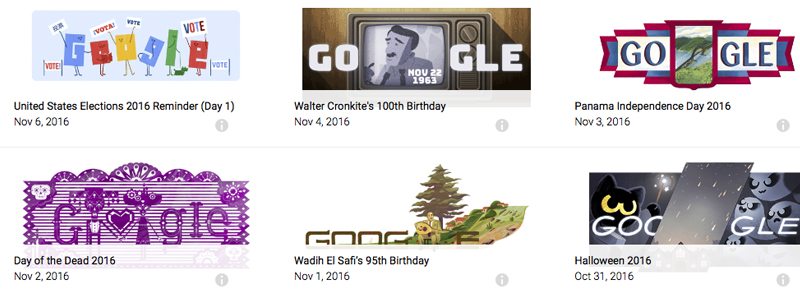
Logos are no longer static and evolve with the brand. The company mark is now transformative and many companies, such as Google, have begun consistently changing the display of their mark. The challenge is to maintain a consistent visual identity in the logo so the brand is still recognizable to consumers. This involves certain visuals of the logo to remain locked, while other elements are consistently inconsistent.

Many well-known companies have enlisted the aid of top branding agencies to shift towards dynamic logos, include AOL, MTV, and Seagate. A step further would be an animated logo that is responsive to the consumer. One such logo is the mark of Brazilian communications company, Oi. The company’s type is the fixed visual while splashs of color that shapeshift to the consumer’s voice is infinitely dynamic. With such a dynamic logo taken to the next level, there are now endless versions of the company’s mark unique to its consumers.
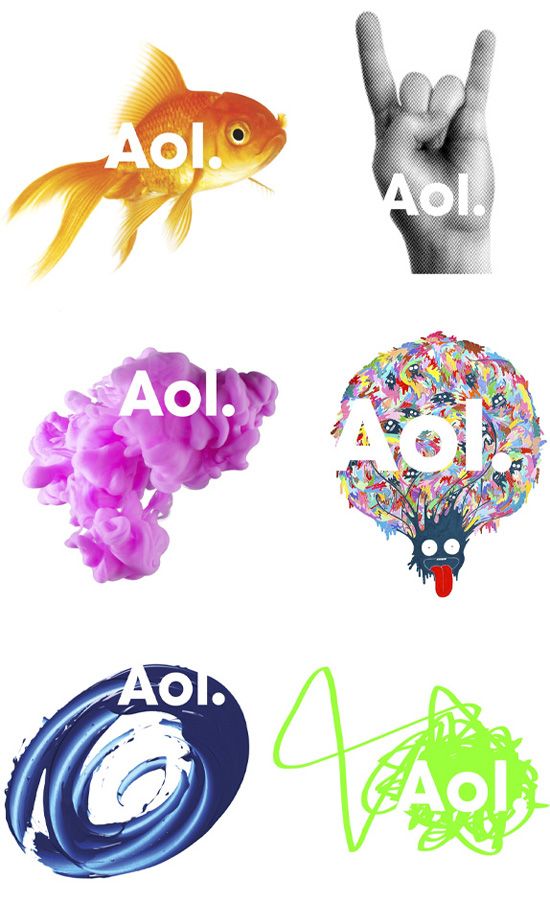
A dynamic logo allows a company to shape the consumer’s experience with its brand. By using these types of brand logos, companies have the fluidity to customize their mark for any occasion and engage their consumers.
